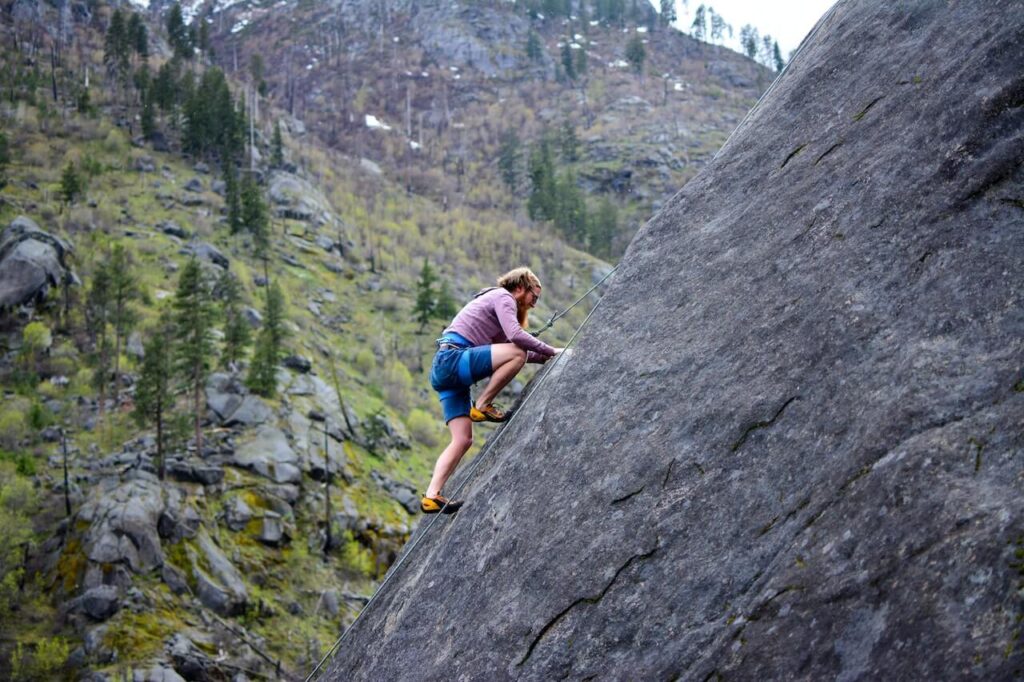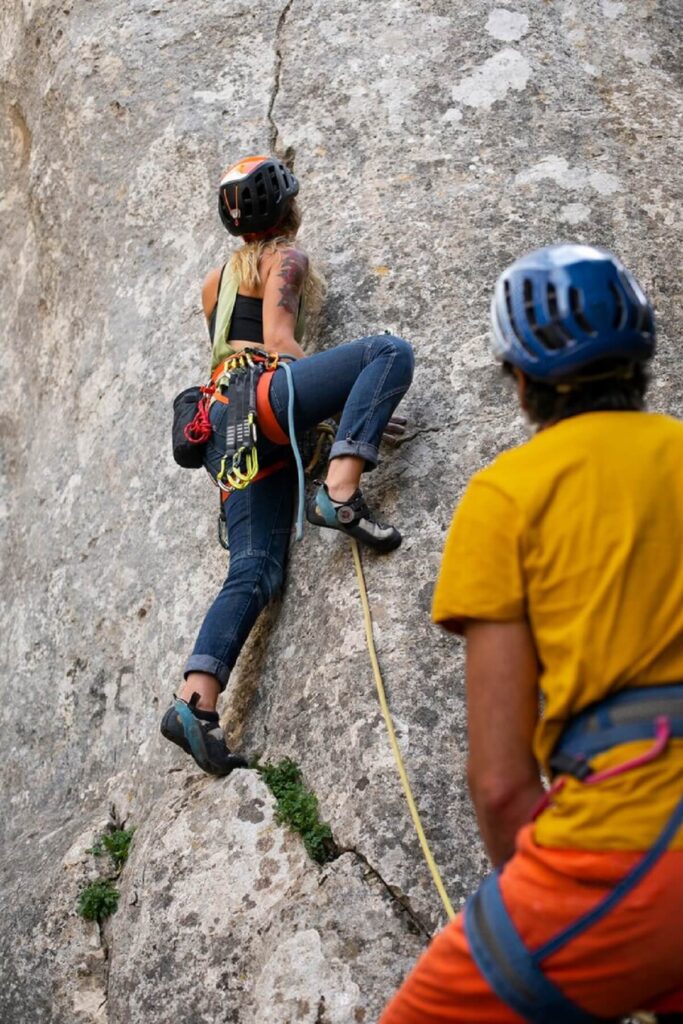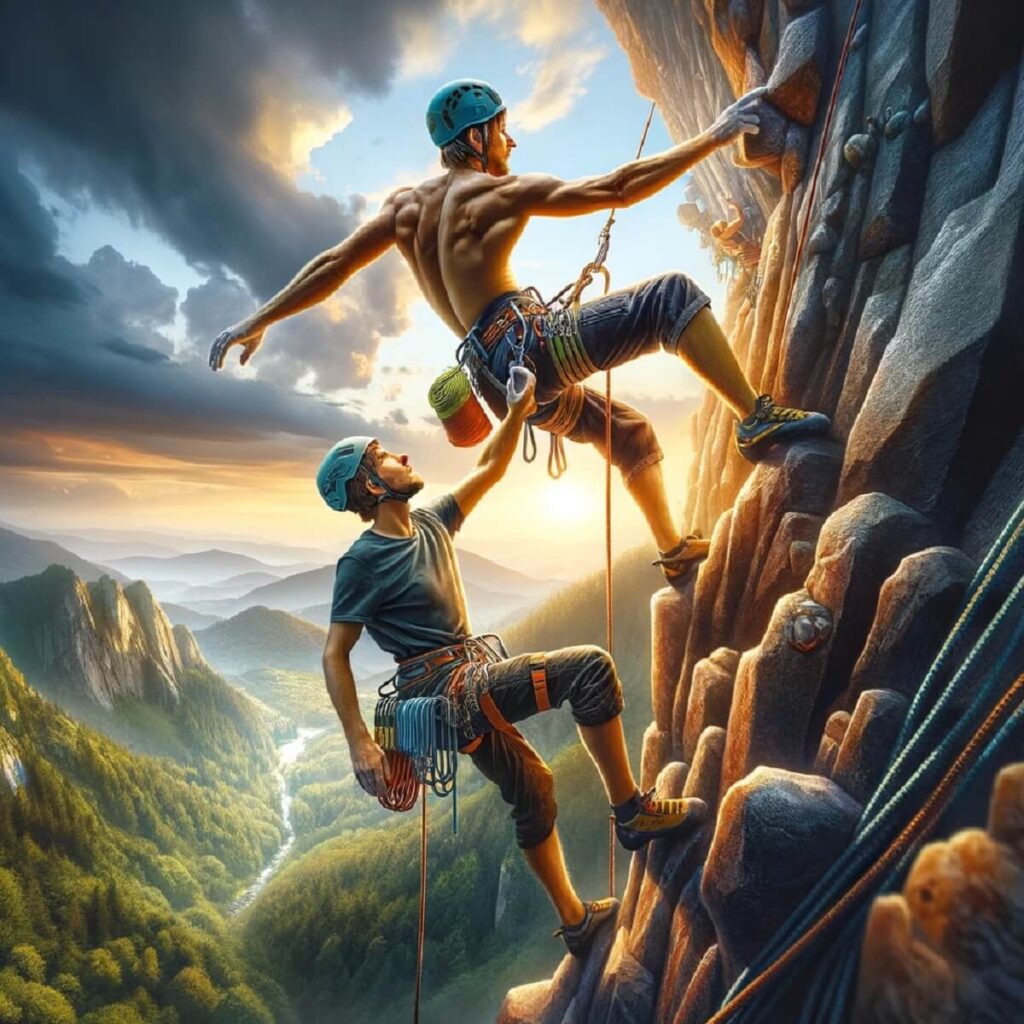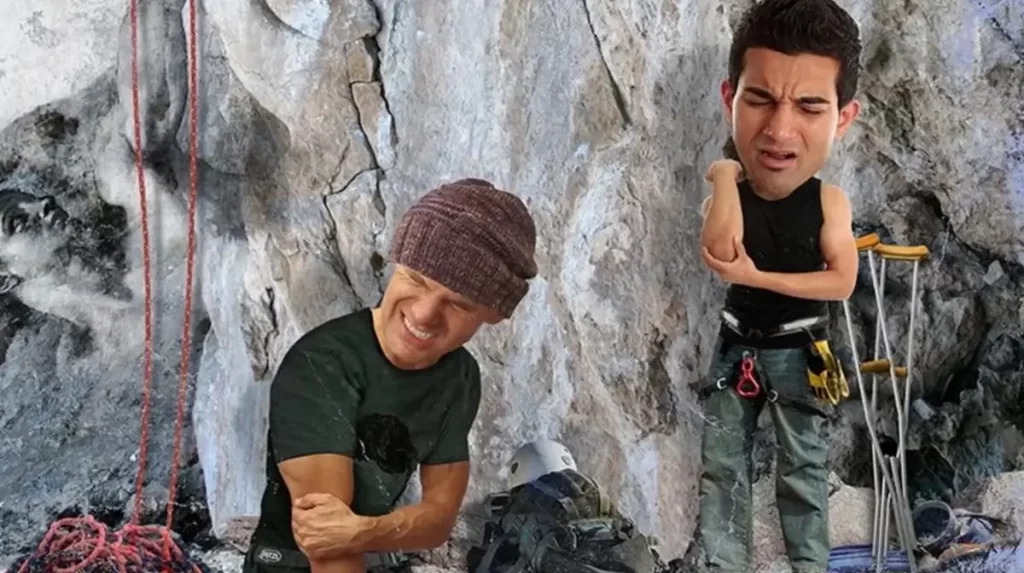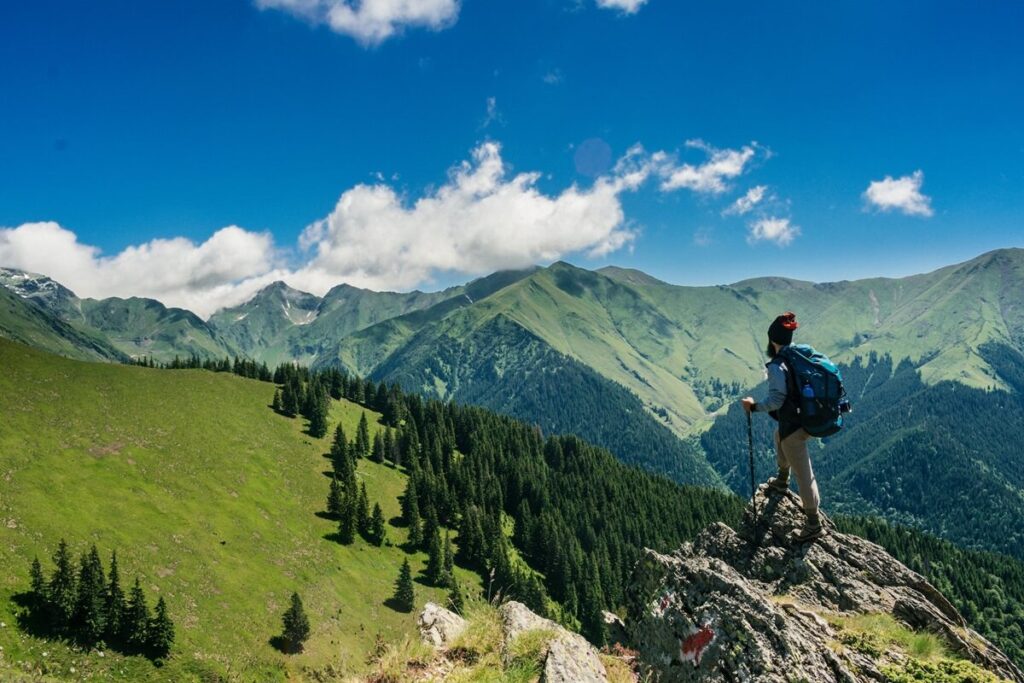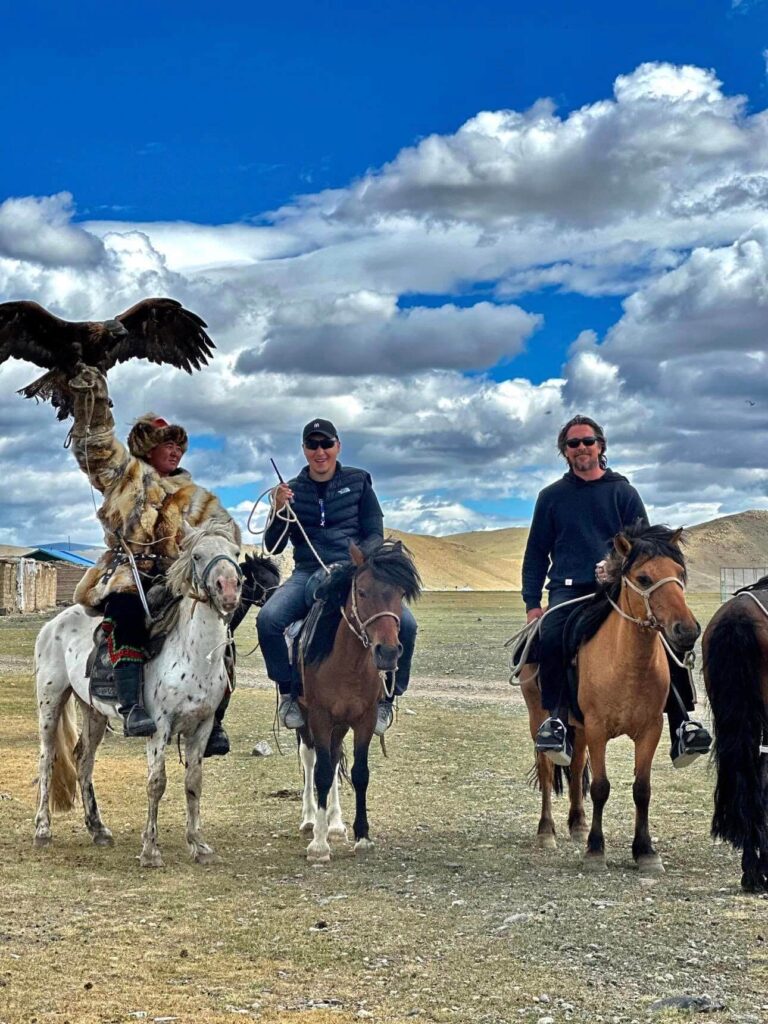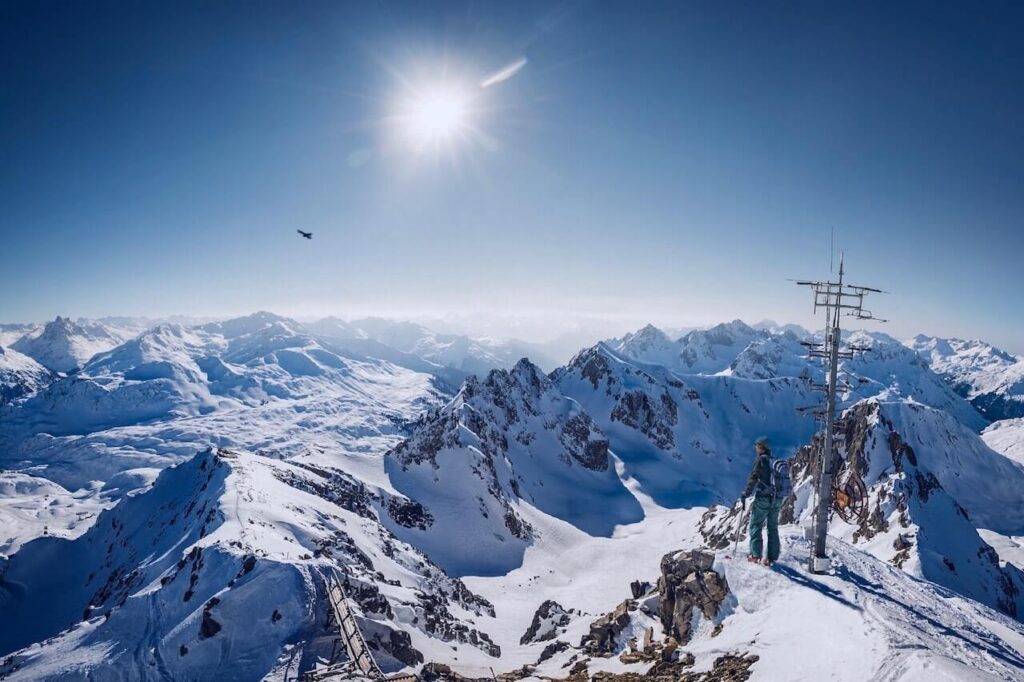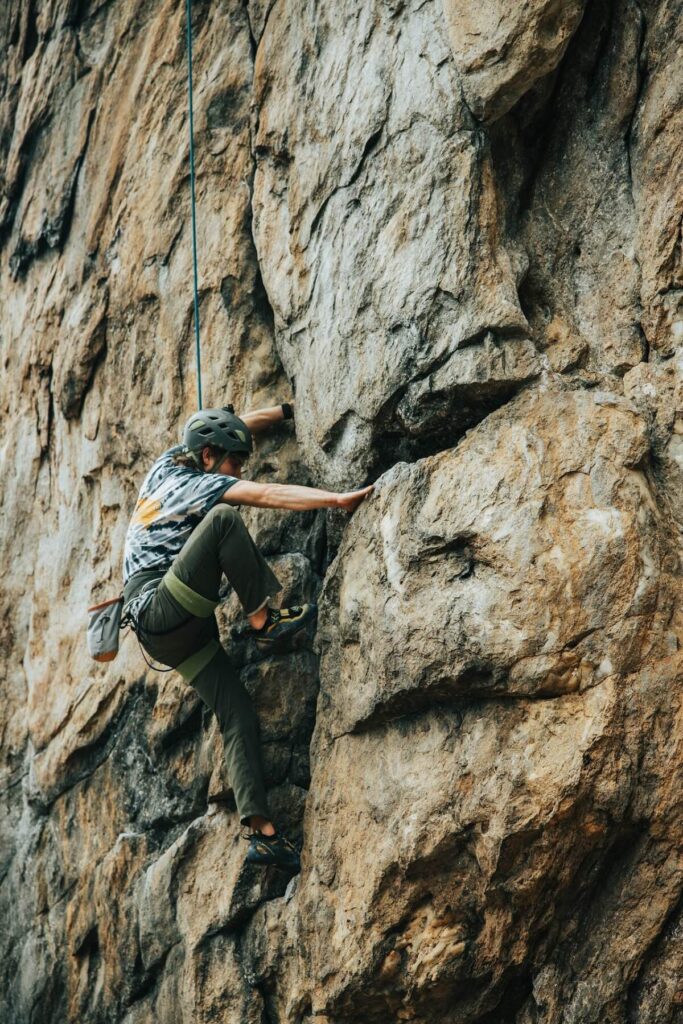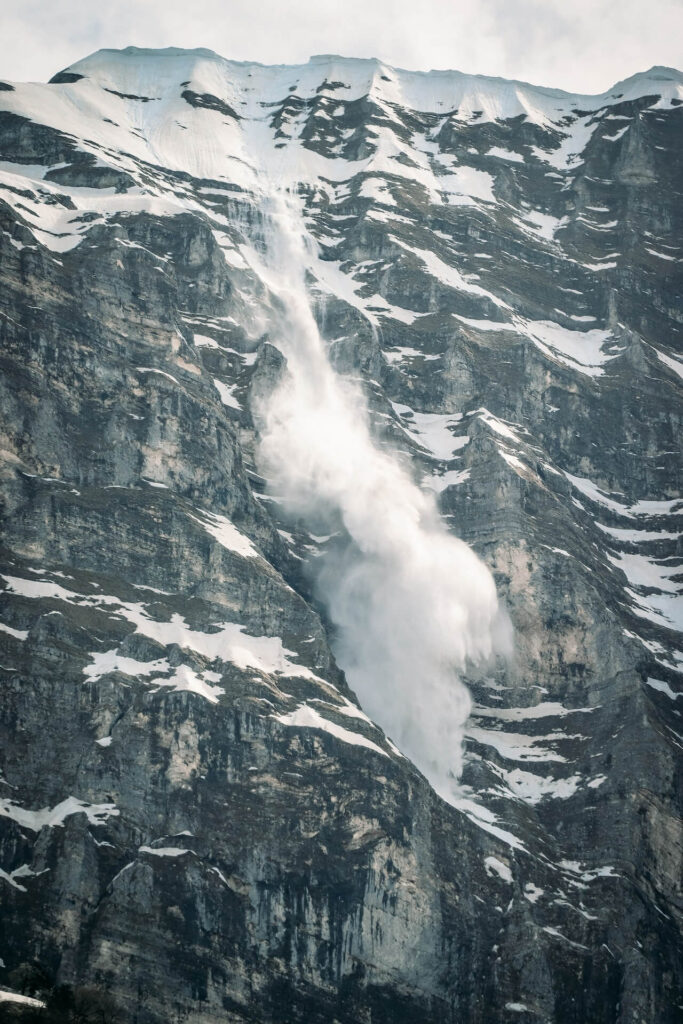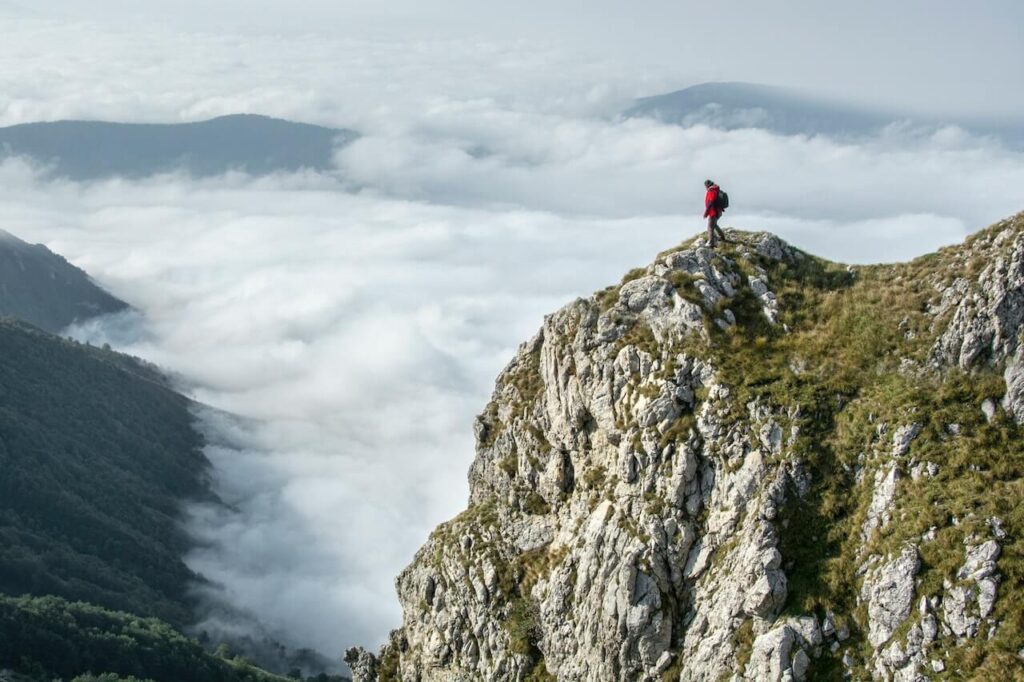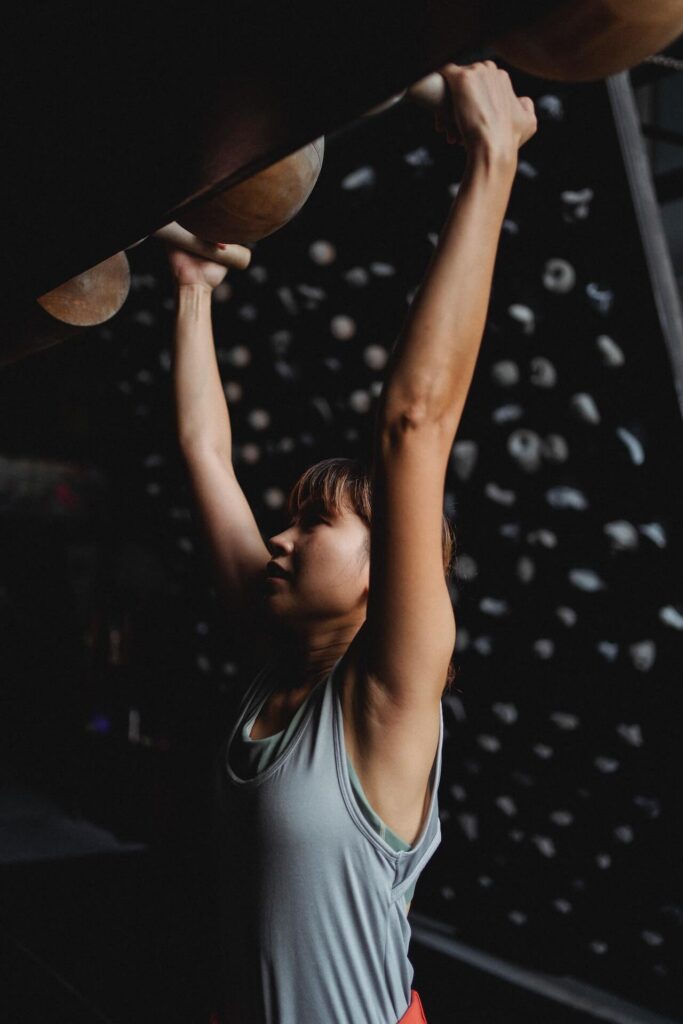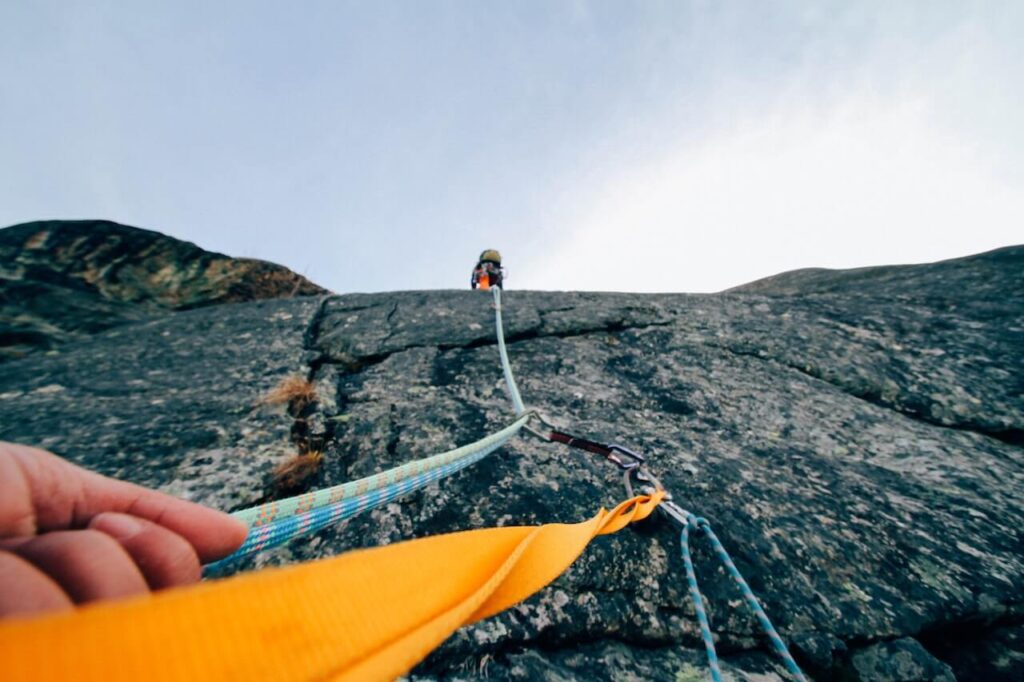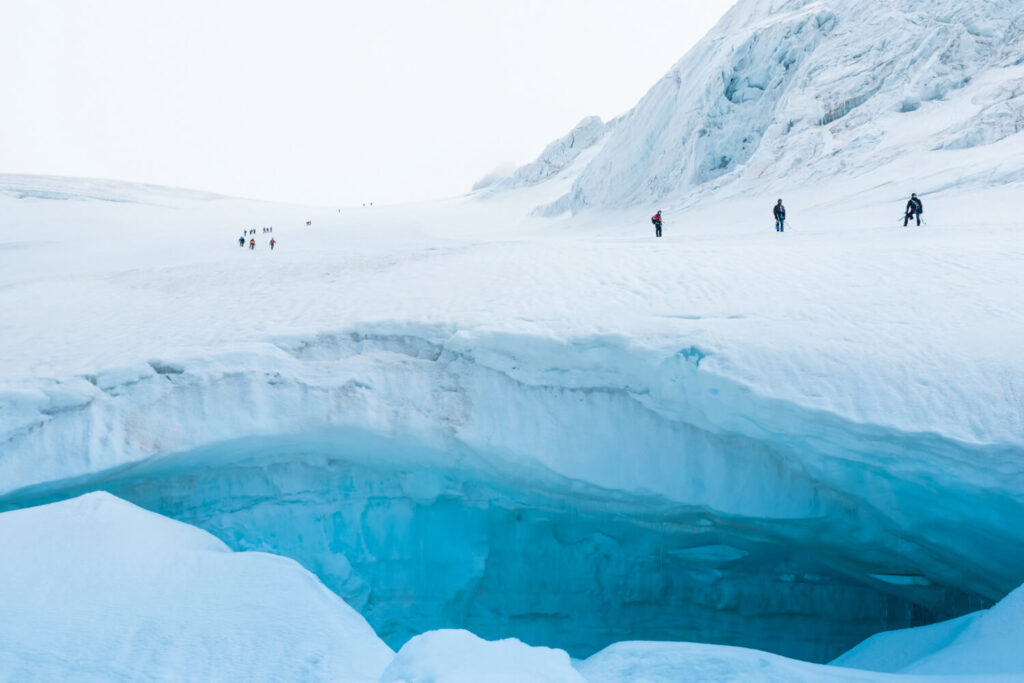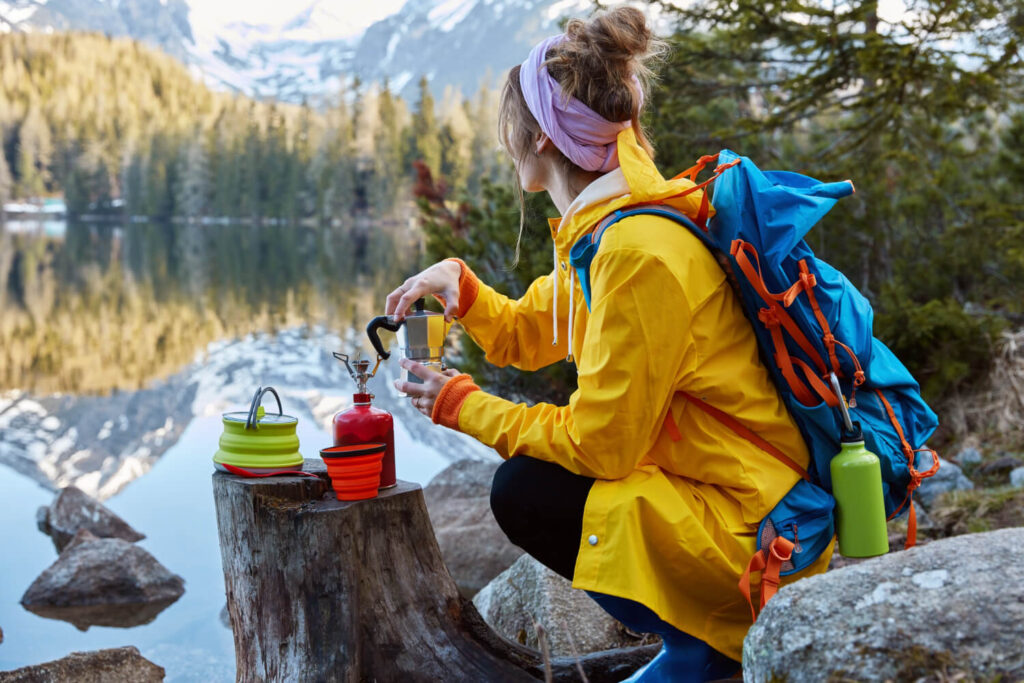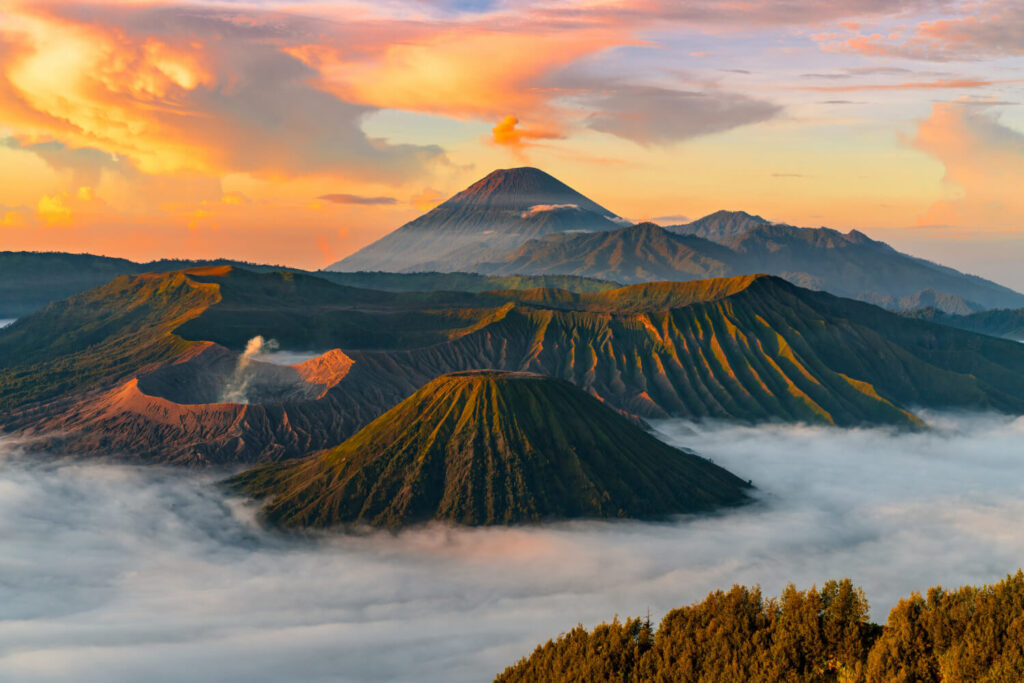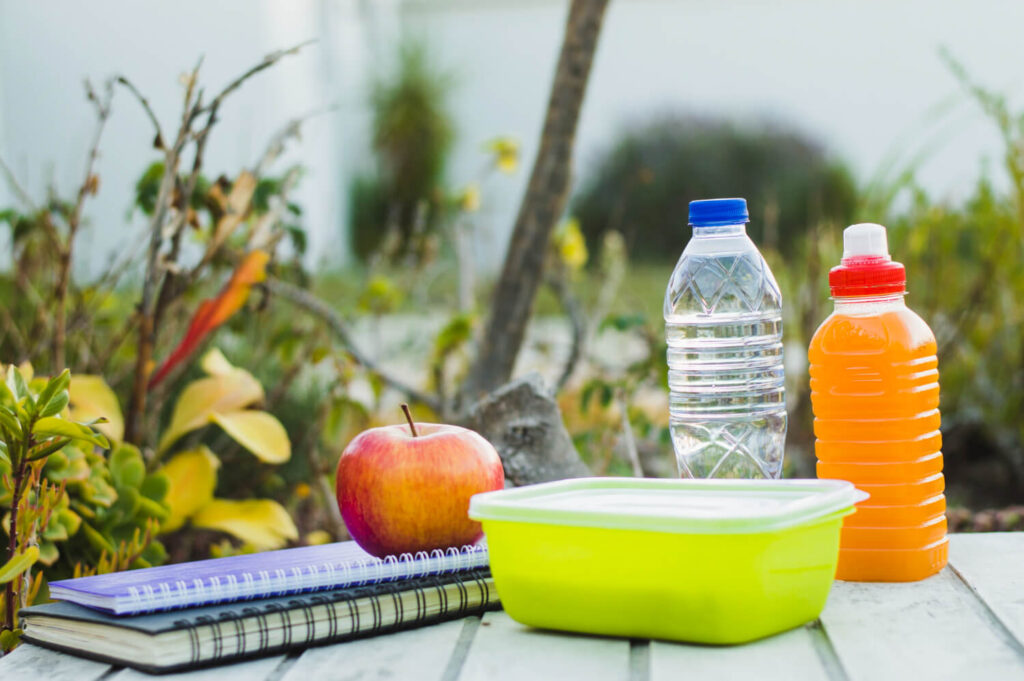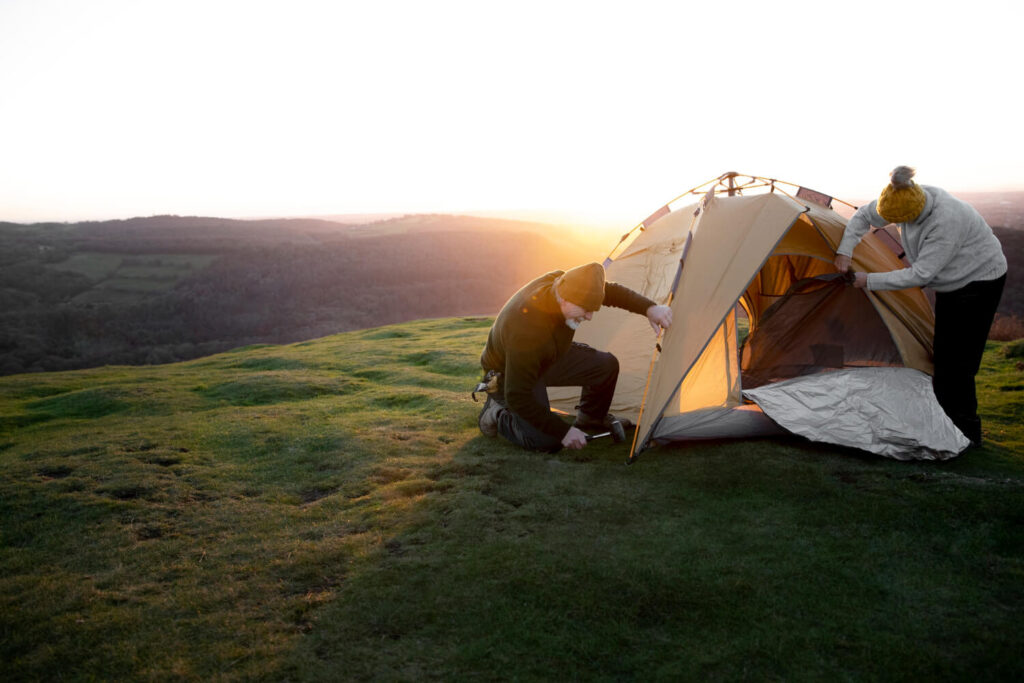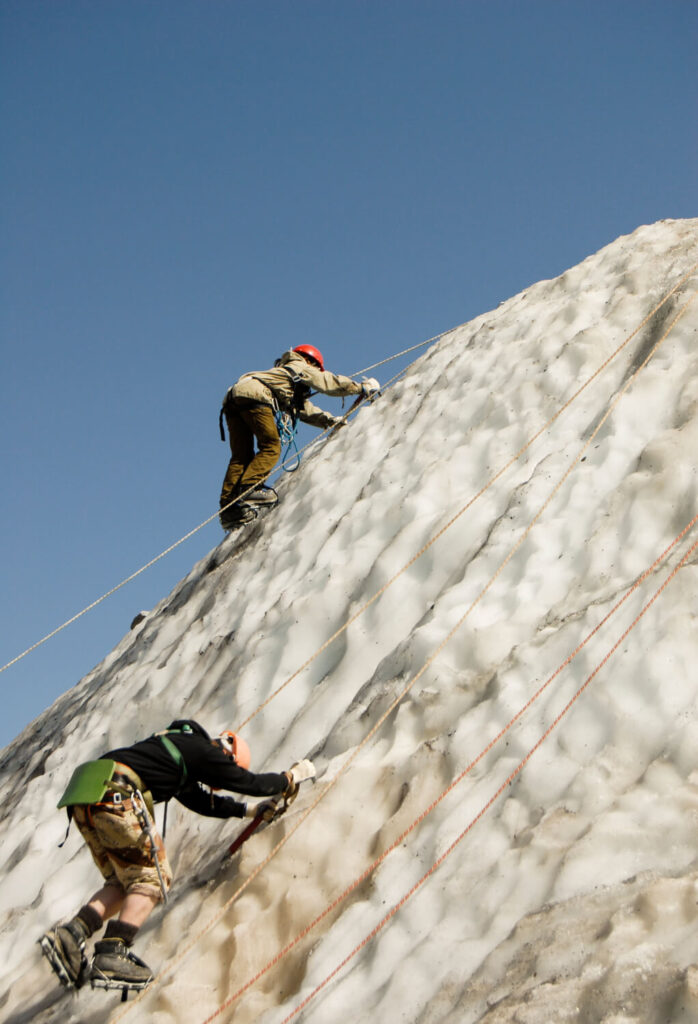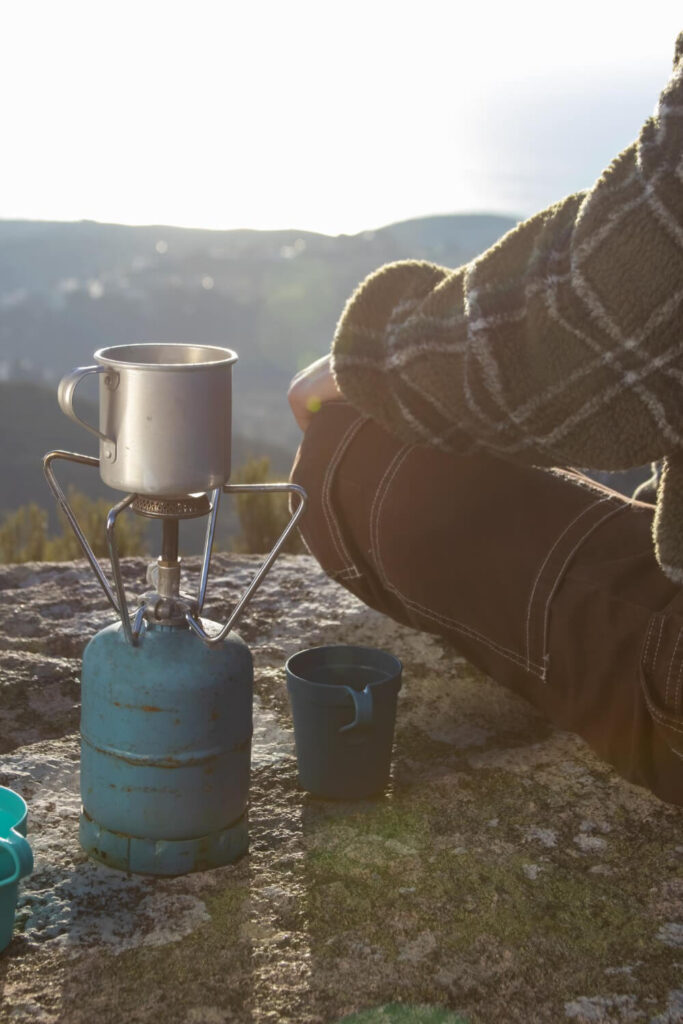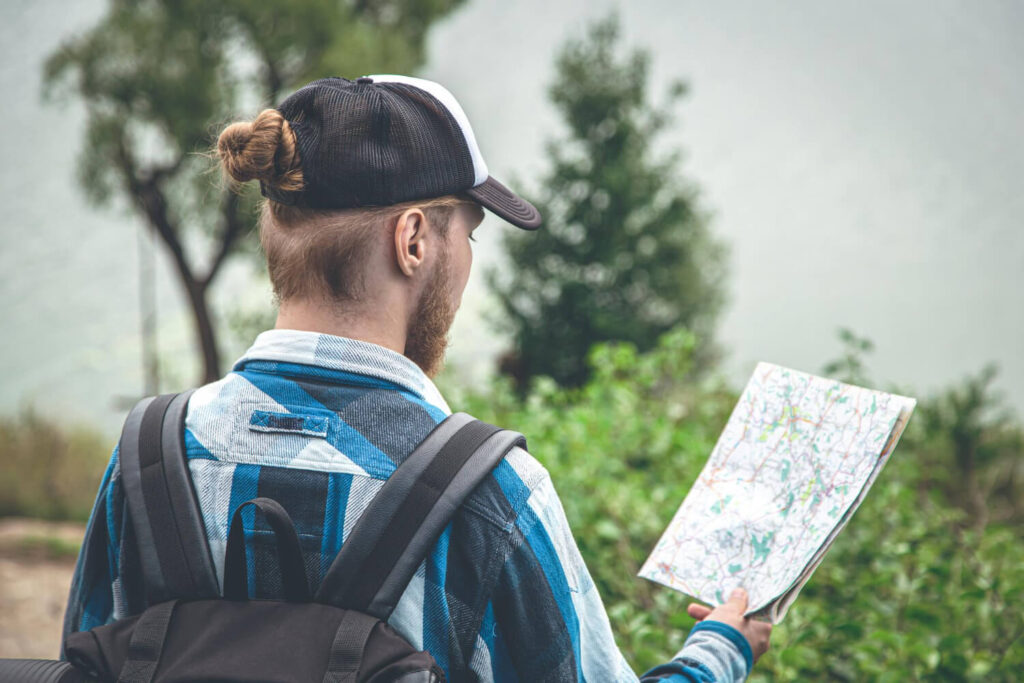Are you a senior citizen with a passion for adventure? Do you want to experience the thrill of mountaineering but unsure of where to start? Mountaineering is a great way to challenge yourself physically and mentally, and it’s never too late to start. In this article, we will provide you with a comprehensive guide to mountaineering for seniors, including tips on training, gear, safety, and more.
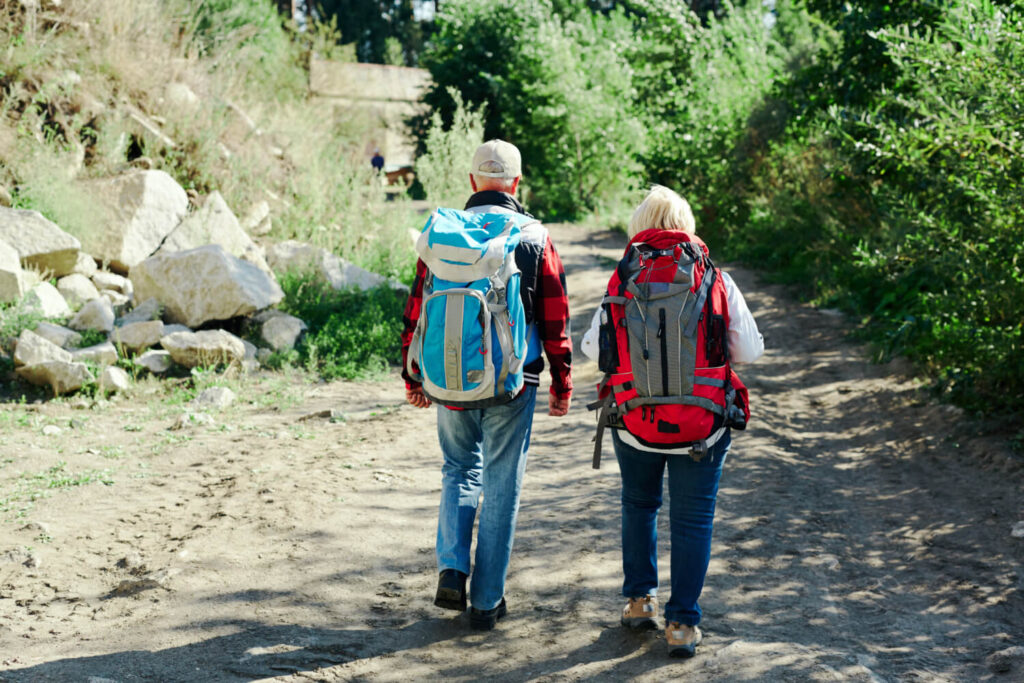
Benefits of Mountaineering for Seniors
Although mountain climbing can be physically demanding, it is a worthwhile activity for seniors due to its potential health benefits. One of the most significant benefits is improving cardiovascular health.
By strengthening the heart and lungs, increasing blood circulation, and reducing blood pressure, it can lower the risk of heart disease, stroke, and other cardiovascular problems. Thus, if you aspire to maintain good health and vitality in your later years, participating in mountaineering programs is a great way to achieve these goals.
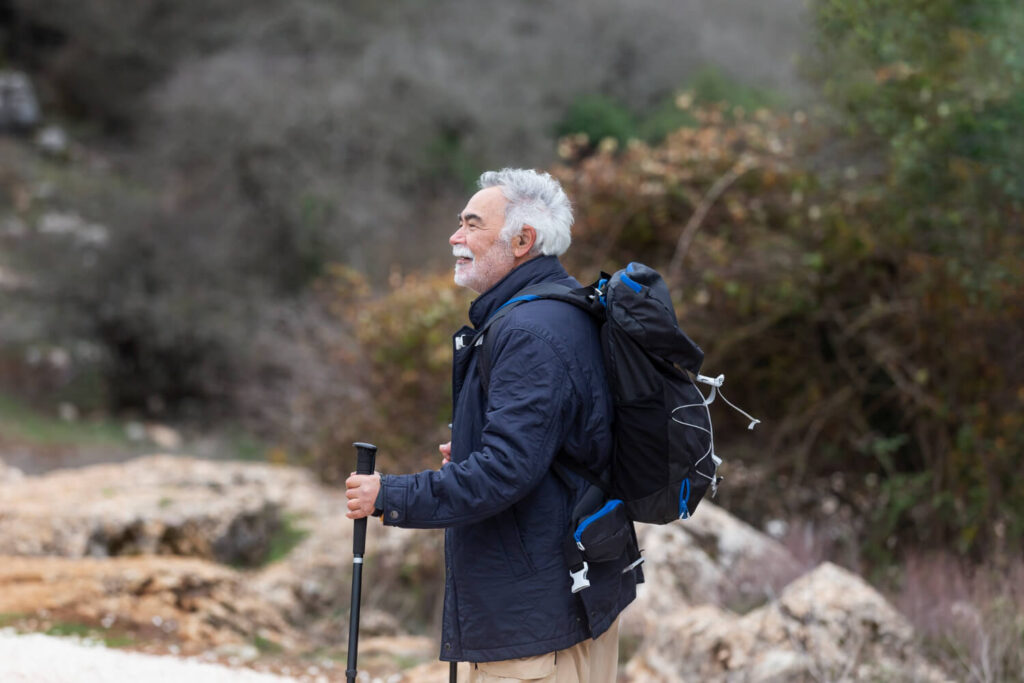
Some elderly individuals may have reservations about mountain climbing due to concerns about their health, particularly if they have undergone surgery in the past. However, research shows that even those who have had coronary artery surgery can participate in gentle walking and mountaineering after they have fully recovered. Moreover, for these individuals, mountain climbing can have the added benefit of improving their mood and self-confidence.
As people get older, they may experience a common disease called osteoarthritis. This happens when the cartilage in their joints gets worn down, causing pain. However, hiking and mountaineering can actually help improve the health of cartilage and joints.
Despite what some seniors may think, they don’t have to stop exercising altogether because of their pain. Gentle climbing can actually reduce arthritic and knee pains over time. It’s normal to feel muscle stiffness when you first start mountain climbing, but this can decrease as you make it a regular part of your routine.
- Improves cardiovascular health
- Builds strength and endurance
- Enhances balance and coordination
- Boosts mental agility and focus
- Provides a sense of achievement and accomplishment
- Offers an opportunity to connect with nature and enjoy the great outdoors
Tips for Older Mountaineers
Know your limits
As we age, our bodies change, and we may not be as strong or flexible as we once were. It is essential to know your physical limits and be realistic about what you can and cannot do. Start with smaller and less challenging climbs and work your way up gradually. This will give you time to build your strength and endurance and prepare yourself for more difficult climbs.
Train for the climb
To get ready for mountain sports, it’s important to train in activities that involve your feet. Mimicking the activities you want to do as closely as possible is key. Even people who don’t have access to mountains or hills can still achieve impressive results.
For instance, the 75-year-old man who climbed Mount Everest lived in Chicago and did all his endurance training on a treadmill, a stair machine, or by hiking stairs in tall buildings. While these types of exercises may not be the best, they can be effective if you follow the principles of consistency and modulation.
It’s mainly the boredom factor that can make them less appealing. So, it’s a good idea to mix up your training methods. Finding a group of people who share your interests is also a great motivator.
- Cardiovascular exercise: Engage in activities that get your heart rate up, such as running, cycling, or swimming.
- Strength training: Focus on building strength in your legs, core, and upper body using weights or bodyweight exercises.
- Endurance training: Engage in activities that challenge your endurance, such as hiking or backpacking with a heavy load.
- Balance and coordination: Practice activities that improve your balance and coordination, such as yoga or tai chi.
- Flexibility: Engage in activities that improve your flexibility, such as stretching or yoga.
Take care of your joints
Osteoarthritis is a common disease in people over the age of 60 that is exacerbated by cartilage erosion. Hiking and mountaineering in old age is the easiest way to enhance the health of cartilages and joints. Most of the elderly believe that the pain caused by osteoarthritis means that they should stop doing exercises forever.
Contrary to popular belief, gentle climbing can reduce arthritic and knee pains over time. The pain resulting from the muscles’ stiffness during the first days of mountain climbing is natural, and it can decrease as you make mountain climbing a part of your routine program.
Use proper gear
Having the right gear can make a significant difference in your safety and comfort during a climb. Invest in proper climbing shoes, clothing, and equipment. Make sure that your gear fits properly, and you feel comfortable using it. Don’t forget to bring essential items such as water, snacks, first aid kit, and a map or GPS device.
Stay hydrated and nourished
Mountain climbing is a physically demanding activity that requires a lot of energy. It is essential to stay hydrated and nourished throughout your climb. Bring enough water and snacks to keep you energized and hydrated during the climb. Avoid sugary and processed foods and opt for healthy snacks such as nuts, fruits, and protein bars.
Take breaks
It is essential to take breaks during your climb to rest and recharge. Climbing can be exhausting, and it is essential to listen to your body and take breaks when needed. Don’t push yourself too hard, and take breaks as often as necessary.
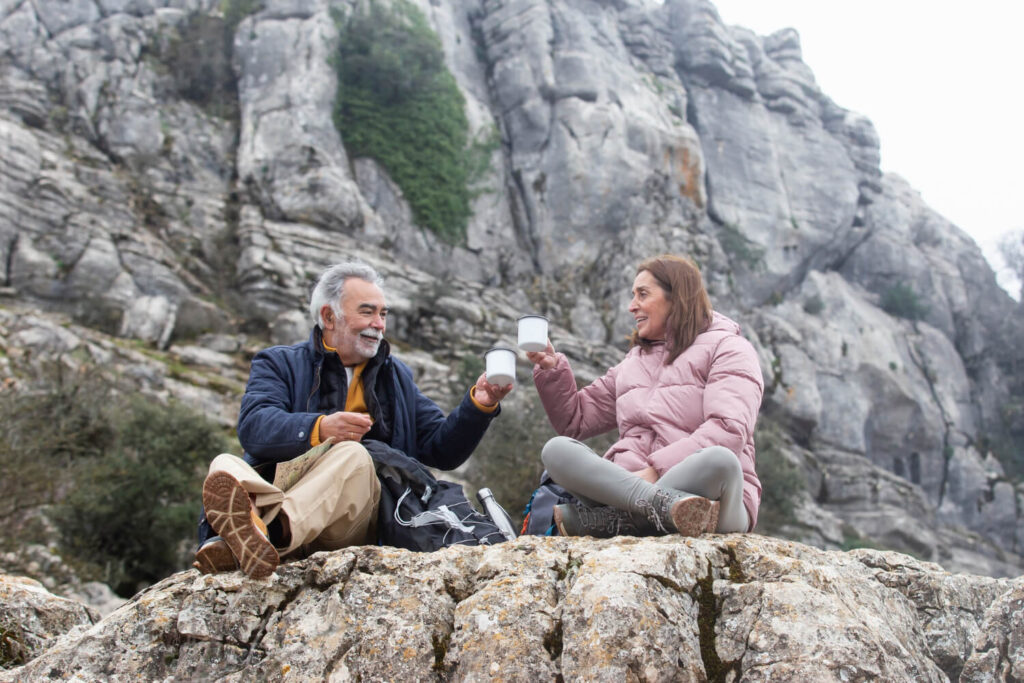
Know the risks
Mountaineering is a risky activity, and it is essential to be aware of the potential dangers. Familiarize yourself with the area and the weather conditions. Know how to read a map and use a GPS device. Stay alert and be prepared for unexpected situations.
Have a climbing partner
Having a climbing partner can make a significant difference in your safety and enjoyment during a climb. Climbing with someone who has more experience or is at a similar level to you can provide motivation, support, and a sense of camaraderie.

